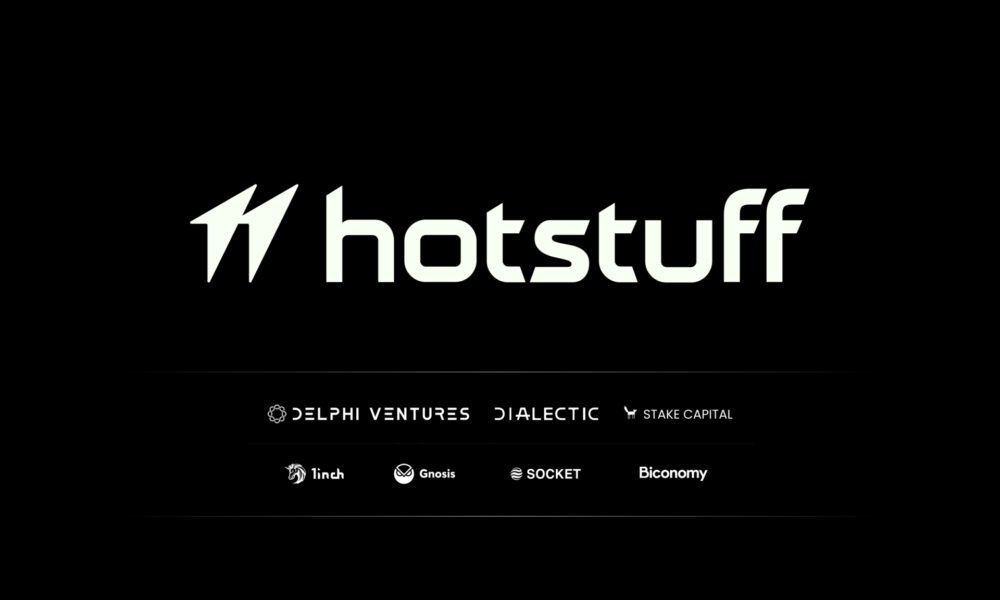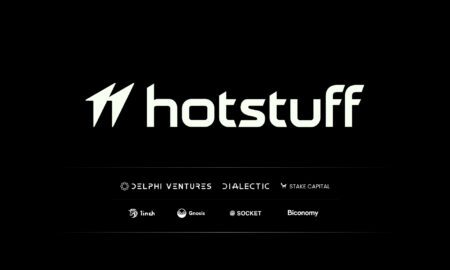Digital transformation is reshaping the insurance industry, with SAP leadership playing a crucial role in this evolution. A keen focus on technological advancements and strategic integration is essential for modernizing core insurance functions. Satish Kumar Puram explores these innovations, highlighting how SAP-driven solutions enhance efficiency and streamline operations.
The Changing Face of Insurance
The insurance industry is undergoing a significant transformation fueled by technological advancements and evolving customer expectations. Legacy systems, data silos, and regulatory compliance challenges have long hindered efficiency. However, with the rise of digital-first solutions, insurers are compelled to modernize operations, adopting advanced technologies such as artificial intelligence, blockchain, and process automation.
SAP Solutions as a Game-Changer
SAP solutions provide a comprehensive platform to address the pressing challenges of the insurance sector. These systems facilitate the seamless integration of claims management, underwriting, and policy administration. The success of such digital transformation initiatives hinges on SAP Specialist Leaders, who ensure technological upgrades align with business objectives while maintaining system stability. By leveraging cutting-edge SAP tools, insurers can optimize data handling, improve decision-making processes, and unlock new revenue streams.
Streamlining Claims Management
Claims processing is a core function in the insurance industry, often plagued by inefficiencies. SAP’s claims management architecture automates registration, assessment, settlement, and recovery processes. This integration minimizes processing time, enhances accuracy, and improves customer satisfaction. Moreover, the modular design allows insurers to tailor solutions based on business requirements. By implementing AI-driven fraud detection mechanisms, SAP solutions also help mitigate financial risks, making claims processing more secure and transparent.
Enhancing Policy Administration and Risk Assessment
Policy administration demands a robust system that can support a wide range of insurance products. SAP’s policy management system incorporates underwriting and risk assessment methodologies, ensuring accurate premium calculations and compliance with regulatory standards. The framework also streamlines policy updates and renewals, fostering greater operational efficiency. By integrating machine learning algorithms, insurers can further refine risk evaluation models, providing more personalized and accurate pricing structures for policyholders.
Leadership in System Integration
SAP implementation is not merely a technological shift but a strategic transformation that requires expert leadership. Successful digital adoption relies on a well-structured approach to managing cross-functional teams, aligning IT and business goals, and ensuring regulatory adherence. Effective SAP leadership bridges the gap between innovation and stability, ensuring smooth transitions with minimal disruptions. Strong leadership fosters collaboration between departments, driving more effective project execution and long-term success.
Managing Large-Scale Data Migration
Data migration is a critical aspect of SAP implementation, often fraught with challenges such as data inconsistency and security vulnerabilities. A structured approach incorporating data validation, encryption, and phased rollouts ensures seamless migration while maintaining business continuity. SAP leadership plays a crucial role in executing these strategies, mitigating risks, and preserving data integrity. Additionally, advanced data analytics tools embedded in SAP platforms enable real-time monitoring, reducing the likelihood of errors during transitions.
Automating Insurance Processes for Efficiency
Automation has become a cornerstone of operational efficiency in insurance. SAP-driven automation accelerates claims processing, reducing manual interventions while maintaining accuracy. Intelligent workflows and AI-driven decision-making optimize customer service, ensuring faster turnaround times and enhancing policyholder experience. The implementation of robotic process automation (RPA) within SAP frameworks further reduces administrative workload, freeing up resources for more strategic tasks.
Ensuring Compliance and Risk Management
Regulatory compliance remains a priority for insurers. SAP’s governance, risk, and compliance (GRC) module enables organizations to integrate frameworks seamlessly. This ensures adherence to industry standards, prevents fraud, and enhances transparency. Additionally, risk management strategies built into SAP systems help mitigate threats and safeguard sensitive data. The adoption of cloud-based compliance tools within SAP solutions provides real-time updates on regulatory changes, allowing insurers to remain proactive in compliance efforts.
In conclusion, as the insurance industry continues its digital journey, SAP leadership remains vital in balancing innovation with stability. Strategic SAP implementations enhance efficiency, reduce costs, and improve customer experiences. By leveraging predictive analytics and automation, insurers can stay ahead of market trends while ensuring compliance. Satish Kumar Puram’s insights highlight the importance of specialized leadership in digital modernization. As technology evolves, insurers must embrace SAP solutions to maintain competitiveness in a changing landscape.





























